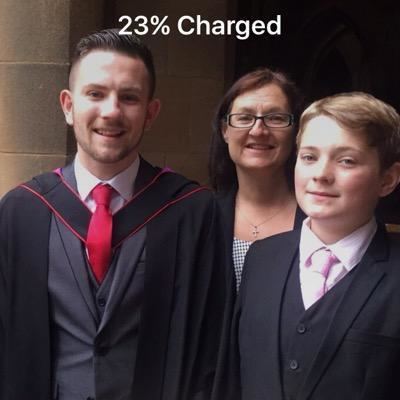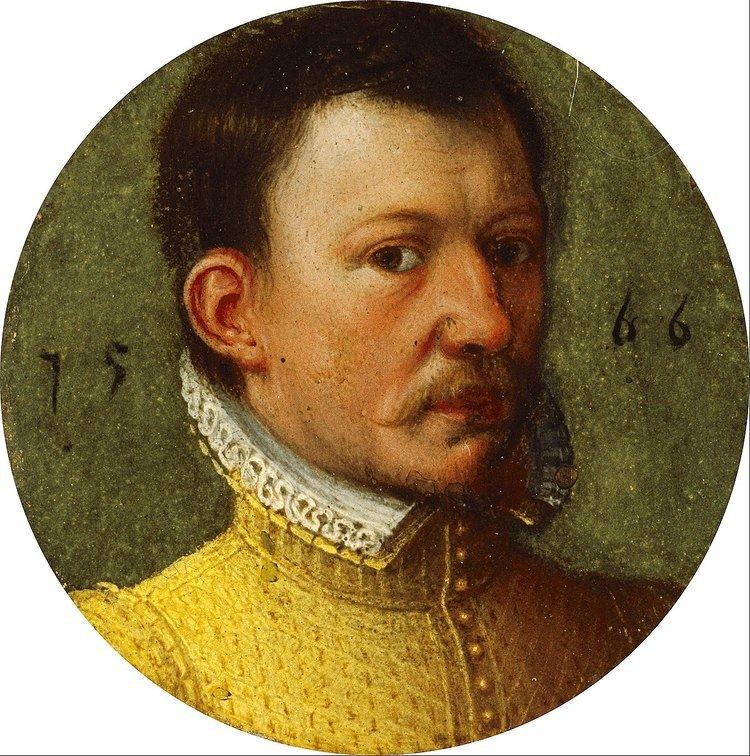Mother Lady Agnes Sinclair | Name Jean Hepburn | |
 | ||
Parents Patrick Hepburn, 3rd Earl of Bothwell Children Francis Stewart, 5th Earl of Bothwell People also search for | ||
Jean Hepburn, Lady Darnley, Mistress of Caithness, Lady Morham (died 1599) was a Scottish noblewoman and a member of the Border clan of Hepburn. Her brother was James Hepburn, Earl of Bothwell, the third husband of Mary, Queen of Scots. Jean's first husband was John Stewart, 1st Lord Darnley, an illegitimate half-brother of Queen Mary, which made Jean a double sister-in-law of the queen. Jean married three times. She was also Lady of Morham, having received in 1573 the barony of Morham and lands which had belonged to her mother, Lady Agnes Sinclair and was forfeited to the Crown subsequent to her brother, the Earl of Bothwell's attainder for treason.
Contents

Family

Lady Jean Hepburn was born at Crichton Castle, Midlothian, Scotland, the daughter of Patrick Hepburn, 3rd Earl of Bothwell and Lady Agnes Sinclair. Her brother was James Hepburn, Earl of Bothwell, who would achieve notoriety as the third husband of Mary, Queen of Scots. He married firstly in February 1566, Lady Jean Gordon, a wealthy Highlands heiress, who was the sister of George Gordon, 5th Earl of Huntly. Bothwell and Jean were divorced on 7 May 1567, and eight days later, he married Queen Mary.
Jean's paternal grandparents were Adam Hepburn, 2nd Earl of Bothwell and Agnes Stewart, and her maternal grandparents were Henry Sinclair, 3rd Lord St. Clair and Margaret Hepburn.
Her parents obtained a divorce sometime before 16 October 1543, and Jean's mother was henceforth styled Lady Morsham until her death in 1572.
Lady Jean was sometimes known as Jane or Janet. In January 1560, the English agent Thomas Randolph wrote that he knew some scandal concerning Jean, 'a mirrie matter, worthe the reporting,' but gave no further detail.
Marriages and issue
On 4 January 1562, Jean was married to John Stewart, an illegitimate son of King James V of Scotland by his mistress Elizabeth Carmichael. The wedding was celebrated at Crichton Castle and the gaudy festivities afterwards were hosted by her brother, the Earl of Bothwell. Queen Mary attended the wedding along with her other illegitimate half-brother and chief adviser James Stewart, Earl of Moray. Thomas Randolph heard there was 'much good sport and pastimes.' John Stewart was created 1st Lord Darnley that same year and was also made the Commendator of Coldingham. One son was born to the marriage:
John Stewart died in November 1563, leaving Jean a widow. On an unknown date she married secondly John Sinclair, Master of Caithness, by whom she had five children:
In 1567, following the Earl of Bothwell's abduction of Queen Mary to Dunbar Castle where he held her in captivity until she agreed to marry him, Jean served as one of the queen's companions along with Janet Beaton, Bothwell's former mistress, and her sister, Margaret Beaton, Lady Reres. The queen was very fond of her former sister-in-law Jean, and gave her presents of a sequined crimson petticoat and a taffeta cloak. Shortly afterwards on 15 May, Queen Mary's disastrous marriage to Bothwell took place, making Jean Hepburn once again the sister-in-law of the queen.
On 8 October 1573 at Edinburgh, a Tack was made to Jean of the lands and barony of Morham which had originally belonged to her mother, and had been forfeited to the Crown subsequent to her brother Bothwell's attainder for treason.
Jean and her second husband were divorced on 17 July 1575. He died in September 1575 in captivity after being imprisoned by his father following a quarrel. In 1578, Jean married her third husband, Archibald Douglas, Parson of Douglas, a Senator of the College of Justice, and Ambassador to Queen Elizabeth I of England. He was one of the confederation of lords who had conspired at the assassination of Henry Stuart, Lord Darnley and was present at Kirk o'Field the night of the murder. In 1581, upon being forewarned of his impending arrest for his conplicity in Lord Darnley's murder, he fled from Jean's tower-house at Morsham to England. On 21 November 1581, he was forfeited by an Act of Parliament. At his trial on 26 May 1586, he was acquitted of the murder.
Jean died in 1599 at Caithness. Her will was probated on 27 July 1599.
